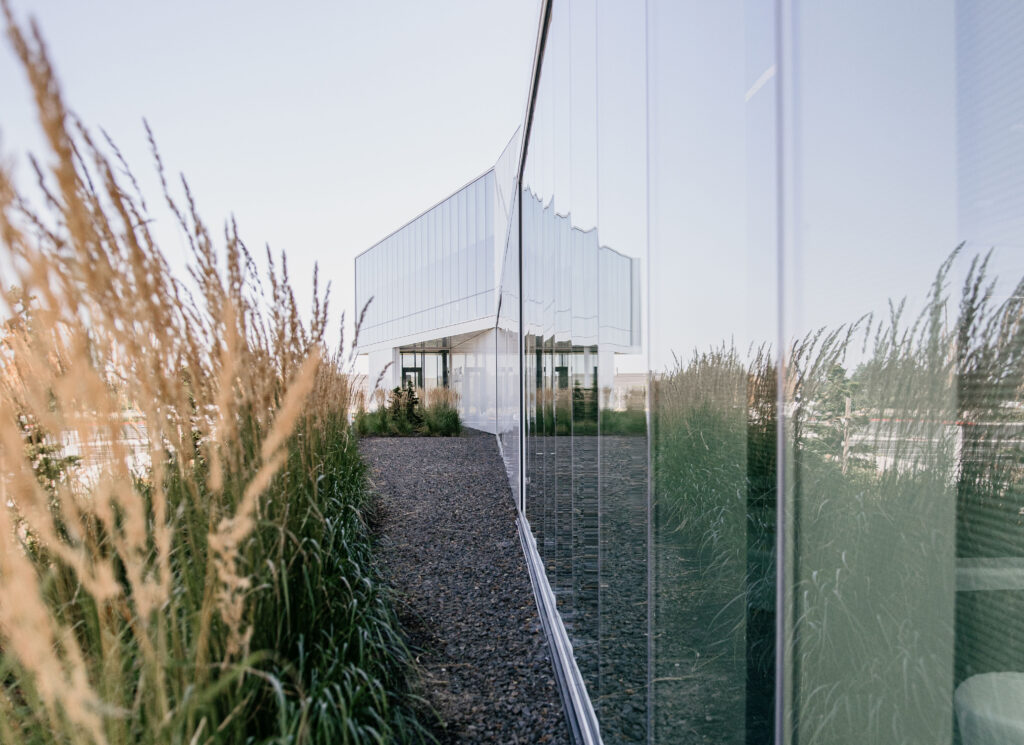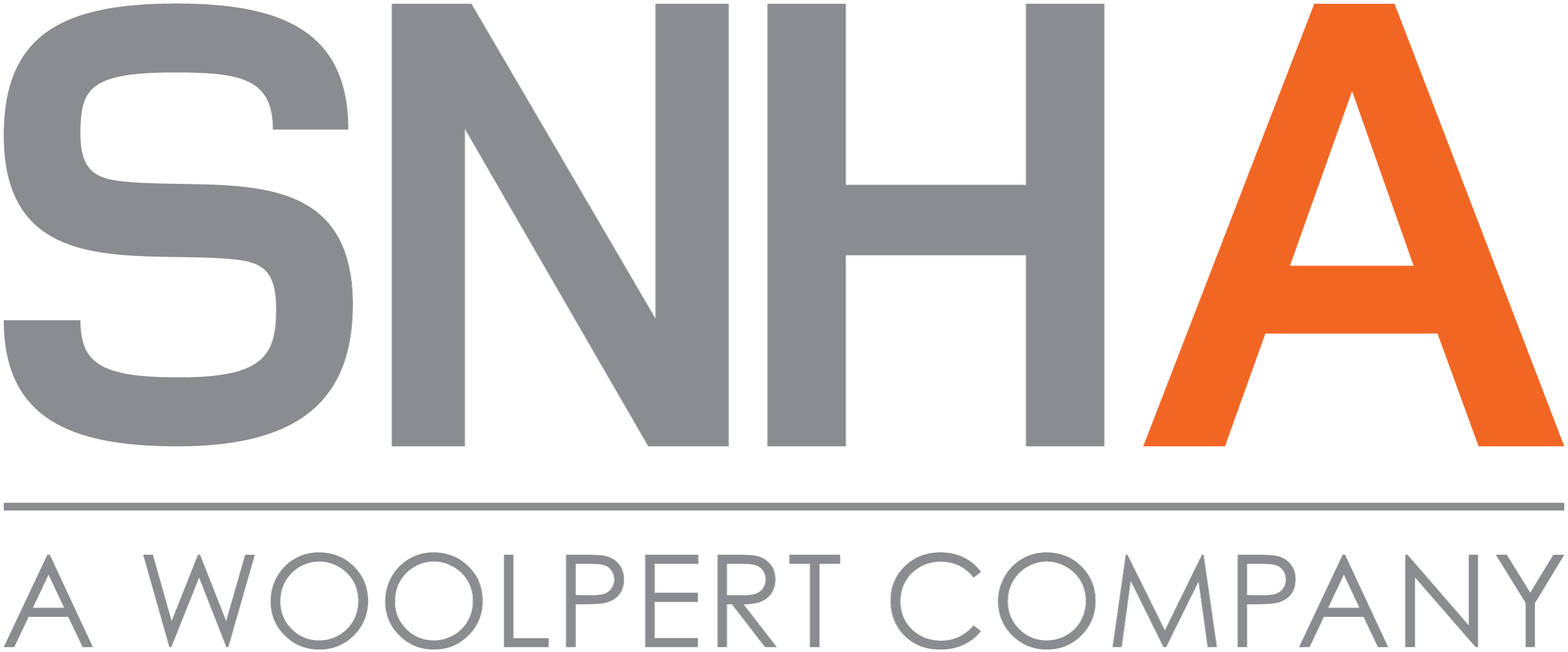
Dreaming Out Loud
SNHA on the Shape of Future Design
Architects and designers have the unique role of shaping the built environment – the buildings, spaces, and landscapes we interact with on a daily basis are quite literally in our hands. As another year ended, we reflect on hardships and successes, and look ahead. And while the future is unknown, the future of design is as optimistic as ever before.
To get a sense of where our staff sees optimism in the future of design, we connected with Mark Cunningham, who shared his thoughts on what’s next for healthy spaces and the exciting future of advanced manufacturing facilities.
When considering a post-pandemic-built environment, Mark is optimistic about WELL Building Standards and their ability to improve the health of our spaces. “I am confident we will see the adoption of new guidelines for WELL because of the many recent discoveries and design interventions during the pandemic,” says Mark.
The design of infrastructure elements such as ventilation systems will merit intense focus as we move into a post-pandemic world, but reexamining the most basic elements of design, such as space allocation, will have importance as well. “By taking the CDC’s guidelines for social distancing into account and increasing the space requirements per occupant or reducing occupancies in existing spaces, we can improve ventilation rates and indoor [air] quality in addition to mitigating the spread of pathogens. Similarly, we have learned by better defining spatial requirements and the flow of circulation with visual cues, we can help limit occupants’ health risks and reinforce the principles of social distancing.”
Obviously, execution is important. With today’s constant technological progression, Mark is also optimistic about the tools that will emerge to accurately and successfully measure building performance. “More and more tools are becoming available to help designers better evaluate their designs and gather real-time data on building performance. For example, Cove.tool now allows us to quantify measures of energy, cost, carbon, daylight, water,” says Mark.
Technological advancements continue to challenge design in all sectors of the industry, particularly in manufacturing, revealing the wondrous capabilities of design. Manufacturers have started to see the value and efficiencies of incorporating new technology into their workflows and bringing disparate activities, such as production, logistics, shopping, testing, and design, under one roof. As the functions of these facilities continue to evolve, so does the design that allows them to coexist.
“As technological innovations like robotics, artificial intelligence, additive technology, and cloud computing continue to integrate into the manufacturing process, it will completely transform these facilities’ architecture,” says Mark. “Advanced manufacturing facilities will need to evolve to distinguish themselves from antiquated manufacturing facilities to attract new talent and establish the new infrastructure they need.”
While it’s clear the design of these facilities’ interiors is critical to their success, Mark sees the exterior playing a large role, as well. “The building’s exterior will need to create a unique expression that embodies the forward-thinking nature of the building’s activities,” he says.
Mark predicts the adoption of new building materials and forms; façades that maximize daylight and bring in natural light to the interior workspaces but also evoke a sense of transparency; and the integration of sustainable and energy-efficient building technologies. These are just a few examples of tactics architects and designers will utilize to elevate design for manufacturing, creating groundbreaking, one-of-a-kind facilities.
Along with that, Mark believes there will be a new emphasis on landscaping and outdoor features in site design that gives facilities a campus feel, becoming an amenity for its workers and community – an amenity we’ve seen growing in popularity for mission critical projects as well.
Optimism is an innate characteristic of design. For Mark, that optimism lies in the design-enabled health safety of a post-pandemic society, and in design’s incredible ability to advance and support a continuously evolving business climate and world. As the needs of our society change, the built environment will change alongside it, and while those needs are unknown, you can rest assured that architects and designers are constantly preparing for what’s next.
